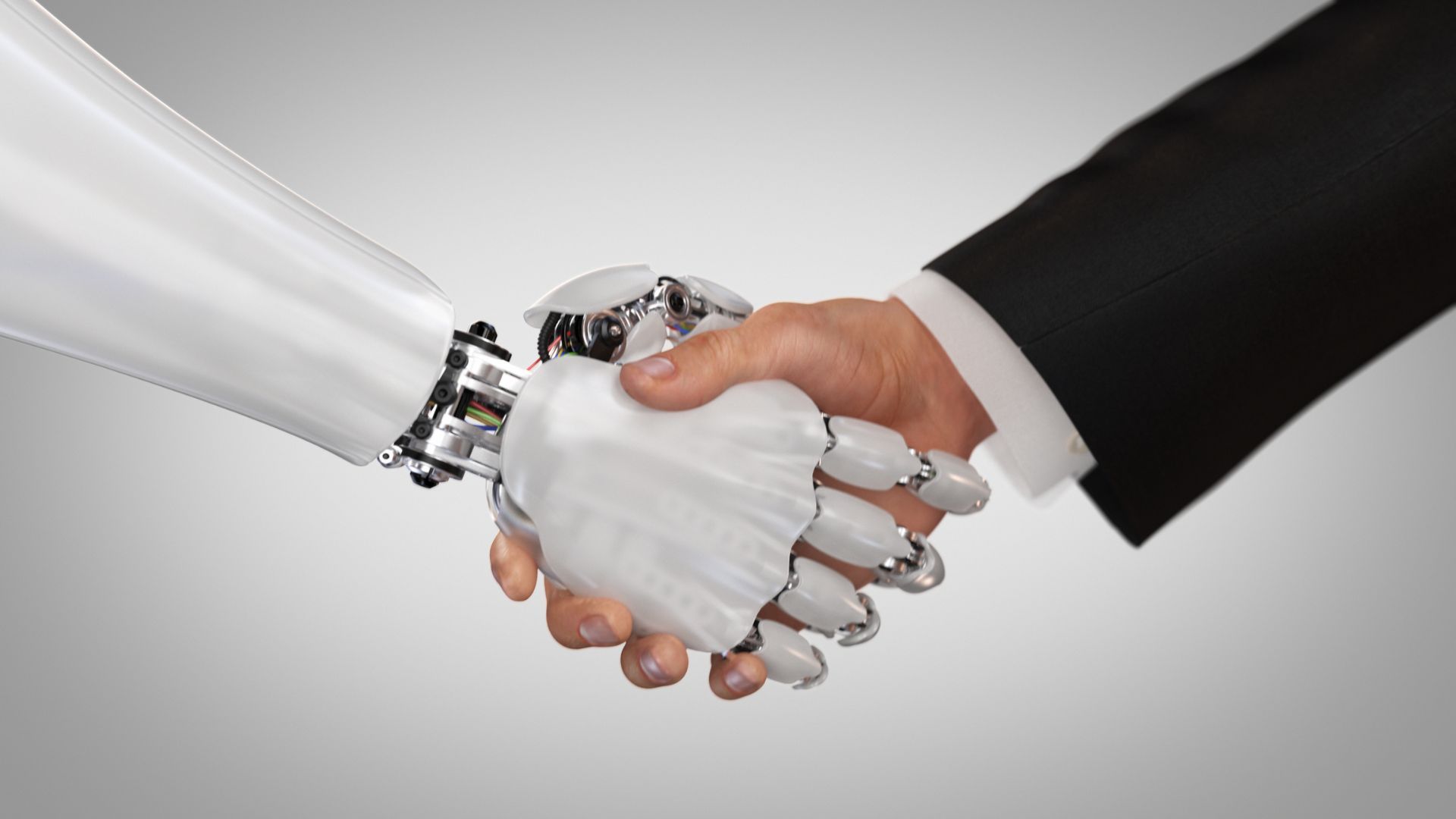Virtual Leadership: Five Skills
Default Author • January 20, 2021

While leadership has been under tremendous change in the past few years, COVID-19 has disrupted the way we manage and lead our teams, adopting a more human approach to coaching.
VULNERABILITY: AN UNDERVALUED LEADERSHIP SKILL
If we watch any Hollywood film about great leaders, we will likely see the management stereotype of a leader who pushes others around, makes unreasonable demands, and always gets what he or she wants. This model ignores vital skills which are essential to building trust within a team.
Vulnerability is a top skill for leaders of all kinds because it leaves the door open for others to express themselves and their ideas openly. When a leader can admit his or her shortcomings, it makes it easier for others to do the same and to look for solutions to problems that stem from those shortcomings. Vulnerability fosters team cohesion and transparency, which helps leaders to identify the roots of the issues faced by their teams.
VISION: INSPIRING YOUR PEOPLE
It is easy to get caught up in the day-to-day details at any given job or any other aspect of life for that matter, but true leaders think several steps ahead. They are focused on the big picture and view the details as stepping stones for where they need to go.
More importantly, great leaders know how to share this vision with their teams, and bring meaning to pieces of work that are in many ways repetitive and not necessarily fulfilling. They don't let day-to-day tasks confine them, but they are aware that their vision is a good reference point to look to when working out any given issue that arises or when looking for motivation to keep pushing the boundaries of the world of work.
ADAPTABILITY: BECOMING FLEXIBLE TO ANY SITUATION
The adaptability skills of entire workforces have been put to the test this year as COVID-19 tore up any game plans previously laid out. Working from home rather than from a physical office space has been the biggest change experienced by the most people, but there have been plenty of other situations when adaptability becomes essential. Decreased profit margins, layoffs, personal work/life issues are just a few of the challenges that have required this skillset in spades. Adaptability doesn't mean constantly changing course. Processes that are working properly do not require change. However, the ability to make dramatic changes when they are called for is a skill worth admiring.
INCLUSIVENESS: IMPROVED WORKFORCE OPTIONS
Recruiting is a lot easier in an environment of inclusiveness. As a company gains a reputation for being inclusive, they enjoy the benefits that come with that. This includes having a larger pool of talent from which to draw. Many more applicants want to work somewhere they believe they have a shot at being included.
Another advantage stemming from a more diverse workforce is improved creativity. As leaders gather employees from very different backgrounds, creativity improves, problems are solved in a faster manner, and as the spectrum of employees gets more diverse, organisations will get better at understanding their audiences and customers.
EMPATHY: PUTTING YOURSELF IN ANOTHER'S SHOES
Everyone brings to work a different set of personalities, life experiences, political and religious views, and so much more. It is easy to view the world simply from our own narrow perspective. It is much more challenging expressing empathy with the views of another. That being said, it is well worth the endeavour and is a great leadership skill.
Mike Martin, Executive Director at the Halogen Foundation, has always had a keen interest in the qualities that make powerful leaders tick. He has run an in-depth study of those traits which mentions the importance of the ability to experience the feelings of others.
"The hallmark of successful leadership wherever I have seen it is a person's ability to put themselves in the shoes of everyone around them. Whether they be their superiors, subordinates, friends and even enemies. If you can master this skill, it can take you to some interesting places..."Taking other viewpoints into account and using what others have to say to help grow a business is the sign of a great leader.
Find the job you love I Find the right talent
Get in touch with people2people
Australia
I
United Kingdom
In business since 2002 in Australia, NZ, and the United Kingdom, people2people is an award-winning recruitment agency with people at our heart. With over 12 offices, we specialise in accounting and finance, business support, education, executive, government, HR, legal, marketing and digital, property, sales, supply chain, and technology sectors. As the proud recipients of the 2024 Outstanding Large Agency and Excellence in Candidate Care Awards, we are dedicated to helping businesses achieve success through a people-first approach.






